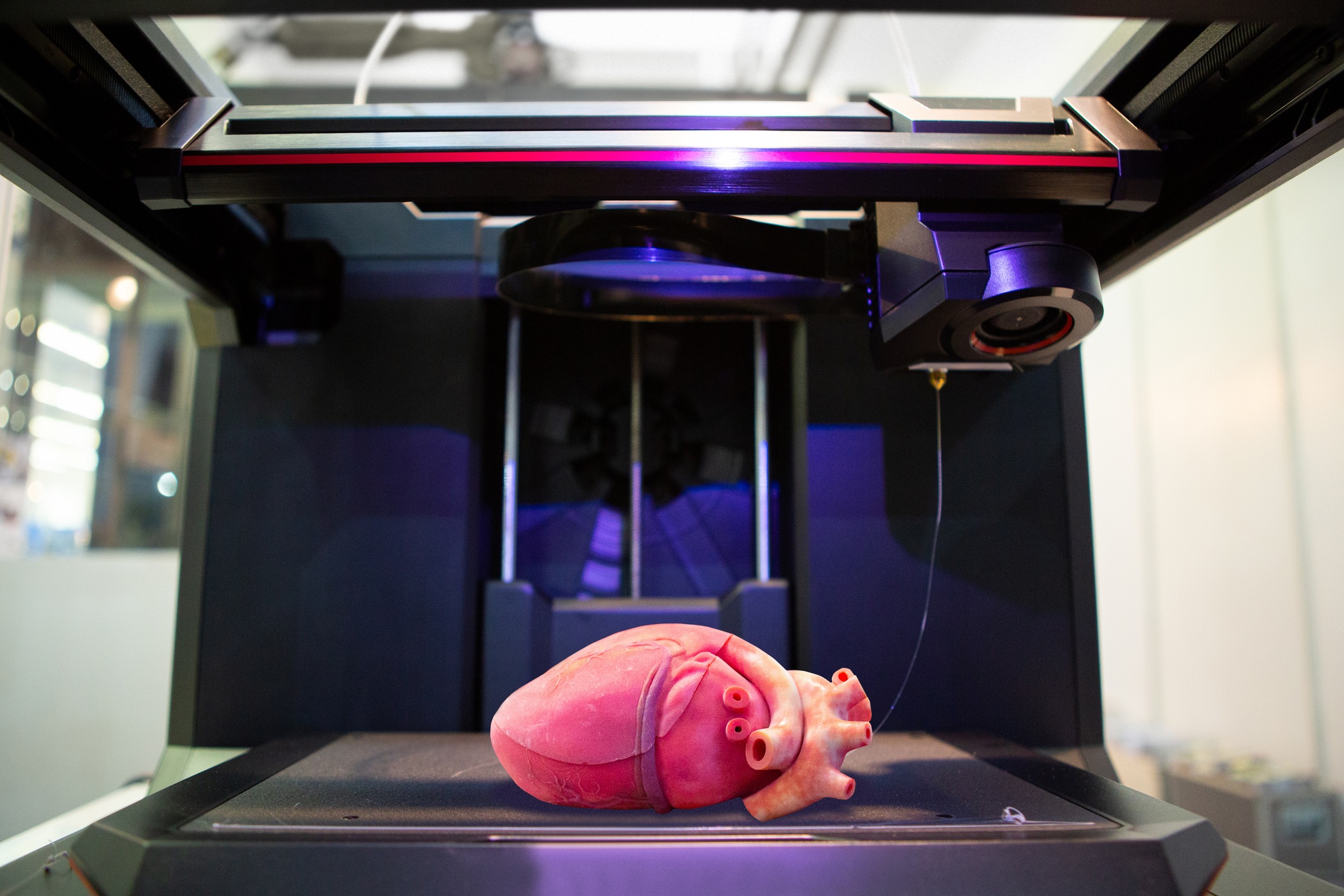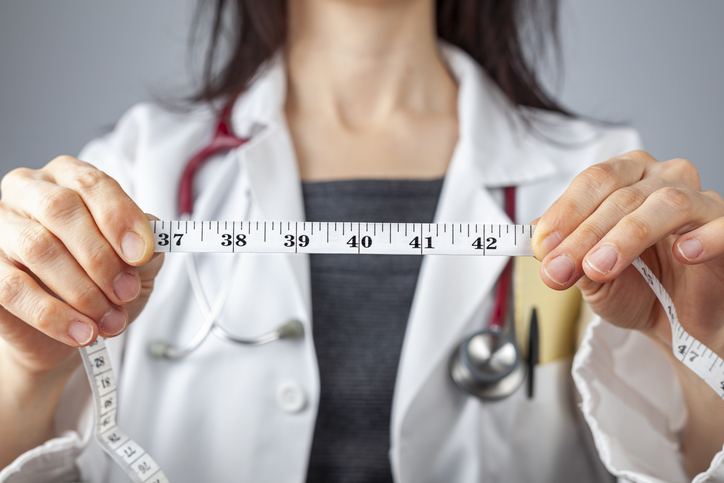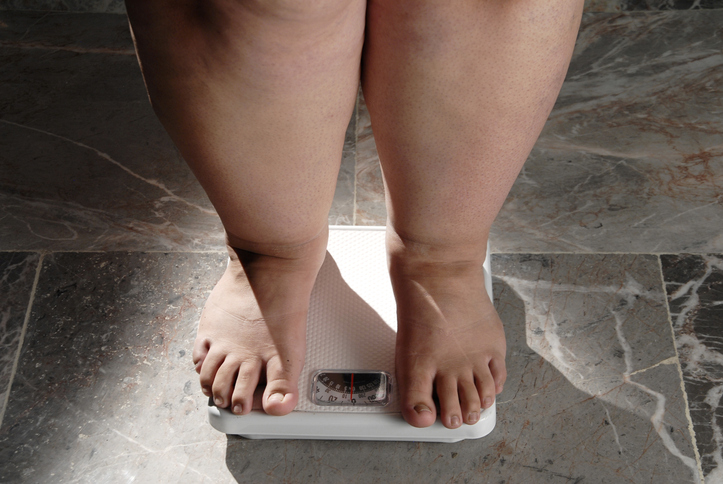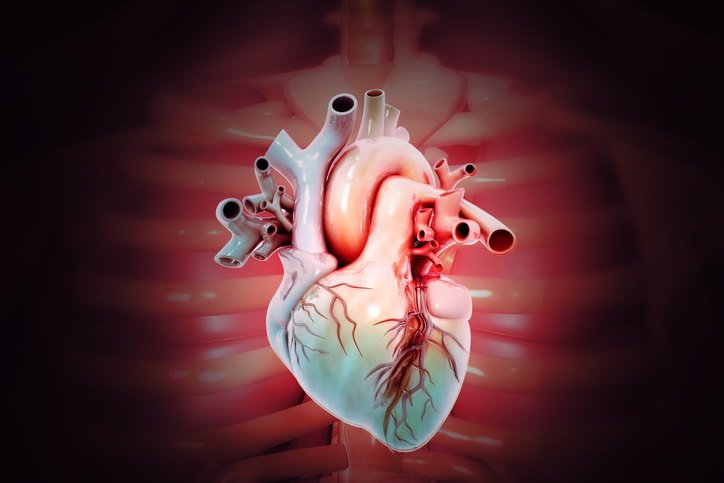
Researchers from Carnegie Mellon University have recently used a 3D printing technique to create collagen tissue scaffolds, bringing scientists one step closer to being able to print an artificial heart. This additive manufacturing technique is the first of its kind and has the potential to generate other valuable structures outside of collagen, such as fibrin and hyaluronic acid. This work was conducted by the lab of Adam Feinberg, a professor of biomedical engineering (BME) and materials science and engineering at CMU. A paper summarizing these findings was published on August 2 in Science.
All specialized cells in the body, including those that make up the heart, are bound by a supportive scaffold known as the extracellular matrix (ECM). The ECM contains many structural proteins, such as collagen, that are essential for tissue strength. Collagen is a sought-after material for 3D printing, being that it is a structural component of every tissue in the human body, but researchers have struggled to print the compound thus far.
One reason for this is that collagen starts out as a liquid, therefore printing it in the air simply forms a puddle, according to Andrew Hudson, Ph.D. candidate and co-author of the paper. By printing collagen in a gel solution; however, the researchers were able to successfully solidify the collagen in the desired fashion.
3D Printing Collagen Structures in Gel
Feinberg and colleagues have named this technique the Freeform Reversible Embedding of Suspended Hydrogels (FRESH). This system is unique in that it can recreate the complex structure of collagen that other techniques have been unable to generate thus far.
This 3D printing technique allows for collagen to be deposited layer-by-layer while supported in a gel bath, allowing the collagen to solidify before being removed. FRESH allows for the support gel to simply be melted away from the collagen by heating the mixture to either room or body temperature.
Feinberg’s team has taken data from images such as MRIs to design scaffolds that represent different parts of the heart, including valves and blood vessels. They have used this with collagen and human stem cell-derived heart cells to begin building functional tissues. Feinberg claims that their work has created the foundation for building functional parts of the heart, which can eventually be put together to generate a functioning artificial heart.
“What we’ve shown is that we can print pieces of the heart out of cells and collagen into parts that truly function, like a heart valve or a small beating ventricle,” explains Feinberg. “By using MRI data of a human heart, we were able to accurately reproduce patient-specific anatomical structure and 3D bioprint collagen and human heart cells.”
With over 4,000 patients in the US waiting for a heart transplant and millions of patients internationally who need this operation not meeting waitlist criteria, there is a strong need for replacement organs. Feinberg and colleagues are amongst many researchers who are striving to use 3D printing to produce artificial organs that are self-sustainable.
This team’s creation of the FRESH technique marks a breakthrough in 3D bioprinting technologies, being that FRESH allows collagen scaffolds to be created at a large scale. This technique can be applied to other compounds outside of collagen as well, including alginate, hyaluronic acid, and fibrin (involved in the clotting of blood). This allows FRESH to create a variety of tissue components, making it a very adaptable bioprinting platform.
What the Future Holds for FRESH
FRESH has a wide array of potential clinical applications, from the manufacturing of artificial organs to wound repair. Feinberg noted that this technique is only one portion of biomedical engineering required to make this 3D printing solution a reality.
“Really what we’re talking about is the convergence of technologies,” he explained. “Not just what my lab does in bioprinting, but also from other labs and small companies in the areas of stem cell science, machine learning, and computer simulation, as well as new 3D bioprinting hardware and software.”
“It is important to understand that there are many years of research yet to be done, but there should still be excitement that we’re making real progress towards engineering functional human tissues and organs, and this paper is one step along that path,” concluded Feinberg.
Author Affiliations
In addition to Feinberg and Hudson, authors on the paper include co-first author Andrew Lee, a BME Ph.D. student in Feinberg’s lab, BME postdoctoral researcher Dan Shiwarski, Ph.D. students Joshua Tashman, TJ Hinton, Sai Yerneni, and Jacqueline Bliley, and BME Research Professor Phil Campbell.
A new method of #3DPrinting complex anatomical structures out of #collagen—a primary building block in many human tissues—allowed researchers to fabricate fully functional components of the human #heart. Learn more: https://t.co/SqzQmooVR6 #BioMedecine pic.twitter.com/IEjRtqXcTH
— Science Magazine (@sciencemagazine) August 2, 2019







 © 2025 Mashup Media, LLC, a Formedics Property. All Rights Reserved.
© 2025 Mashup Media, LLC, a Formedics Property. All Rights Reserved.